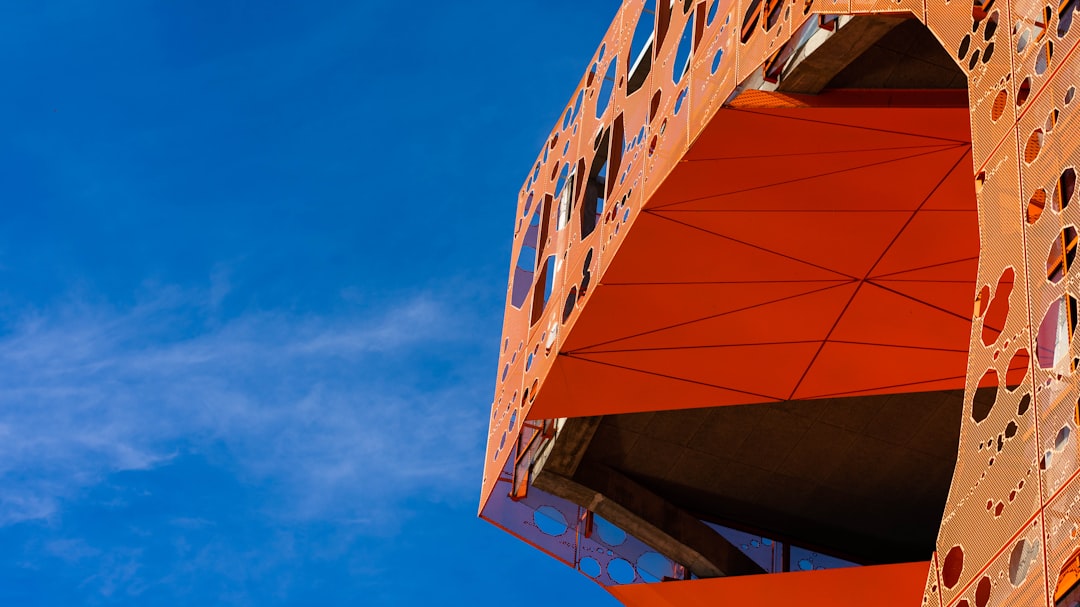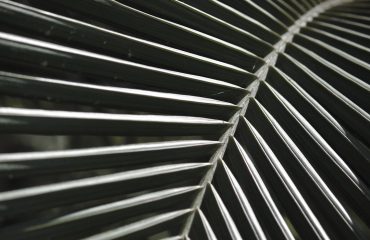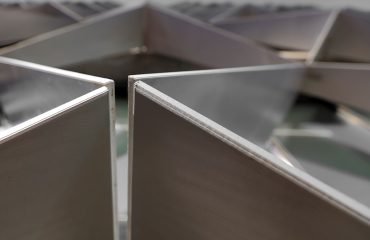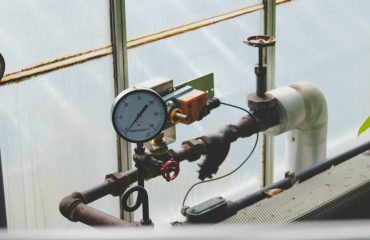body { font-family: sans-serif; line-height: 1.6; }
h1, h2, h3 { color: #333; }
code { background-color: #f0f0f0; padding: 2px 4px; border-radius: 4px; }
High-strength, high-performance (HEA) steel profiles are revolutionizing the construction of heavy load structures. Their superior strength-to-weight ratio allows for lighter, more efficient designs, leading to significant cost and material savings. This comprehensive guide explores the key aspects of utilizing HEA profiles for demanding applications.
Understanding the Advantages of HEA Profiles
HEA profiles offer several key advantages over traditional structural steel sections. Their optimized geometry and advanced steel grades result in significantly increased strength and stiffness. This translates to:
- Reduced weight: HEA profiles allow for the use of less material while maintaining or exceeding the load-bearing capacity of traditional sections.
- Increased span lengths: The enhanced stiffness of HEA profiles enables longer spans, reducing the need for intermediate supports and simplifying construction.
- Improved structural efficiency: The optimized design minimizes material usage while maximizing strength, leading to overall cost savings.
- Enhanced durability: High-strength steel grades used in HEA profiles offer superior resistance to corrosion and fatigue, extending the lifespan of the structure.
- Simplified fabrication: While requiring specialized handling due to their high strength, HEA profiles can simplify construction through fewer components and faster assembly.
Material Selection and Properties of HEA Steel
The performance of HEA profiles is directly linked to the underlying steel grade. Commonly used grades include S355, S460, and even higher-strength steels. These grades exhibit significantly higher yield strengths compared to conventional structural steels. Choosing the appropriate grade depends on the specific load requirements, environmental conditions, and desired lifespan of the structure. Factors to consider include:
- Yield strength: A crucial parameter determining the load-carrying capacity of the profile.
- Tensile strength: Indicates the ultimate strength before fracture.
- Ductility: Essential for ensuring the ability of the material to deform plastically before failure.
- Toughness: Measures the resistance to fracture under impact loading.
- Weldability: Critical for ensuring the integrity of welded connections, a common practice in structural steel fabrication.
Detailed material specifications are crucial and must be sourced from reputable steel manufacturers.
Design Considerations for Heavy Load Structures with HEA Profiles
Designing structures with HEA profiles requires a thorough understanding of their unique properties and potential challenges. Key design considerations include:
- Buckling behavior: The high slenderness of some HEA profiles necessitates careful consideration of buckling, especially under compressive loads. Design methods like the finite element analysis (FEA) are often employed to accurately predict buckling behavior.
- Connection design: High-strength bolts and welds are typically required to transfer the high forces to the HEA profiles. Careful attention must be paid to connection details to ensure sufficient strength and prevent premature failure.
- Fatigue analysis: For structures subjected to cyclic loading, fatigue analysis is essential to ensure the longevity of the structure. This involves assessing the potential for crack initiation and propagation under repeated stress cycles.
- Local buckling: The high strength of HEA profiles can lead to local buckling in certain areas. Careful design and potential local stiffening may be required to mitigate this risk.
- Fabrication tolerances: High precision in fabrication is crucial to ensure the structural integrity of the assembled structure.
Applications of HEA Profiles in Heavy Load Structures
HEA profiles find extensive applications in various heavy load structures, including:
- Bridges: Their high strength-to-weight ratio makes them ideal for bridge girders, reducing the overall weight and improving structural efficiency.
- High-rise buildings: HEA profiles contribute to the structural integrity of tall buildings, enabling the construction of lighter and more slender structures.
- Offshore platforms: The superior corrosion resistance of certain HEA steel grades makes them suitable for harsh marine environments.
- Industrial structures: HEA profiles are used in heavy industrial facilities, such as factories and warehouses, where robust structures are essential.
- Crane structures: The high strength and stiffness of HEA profiles are critical in supporting heavy loads in crane systems.
Future Trends and Innovations in HEA Profile Technology
The field of HEA profiles is constantly evolving, with ongoing research and development focusing on:
- Development of even higher-strength steels: This will further enhance the structural efficiency of HEA profiles.
- Advanced manufacturing techniques: Improved manufacturing processes will lead to more precise and efficient production of HEA profiles.
- Integration with smart materials and sensors: This will enable real-time monitoring of structural health and performance.
- Sustainable steel production: The focus is shifting towards more environmentally friendly methods of steel production to reduce the carbon footprint.
- Advanced modeling and simulation techniques: Sophisticated software tools are being developed to further improve the accuracy and efficiency of structural design with HEA profiles.
In conclusion, HEA profiles represent a significant advancement in structural engineering, enabling the construction of lighter, stronger, and more efficient heavy load structures. By carefully considering the design aspects and material selection, engineers can harness the full potential of HEA profiles to create innovative and sustainable solutions for a wide range of applications.
Tags: HEA profiles, High-strength steel, Heavy load structures, Structural engineering, Steel design




